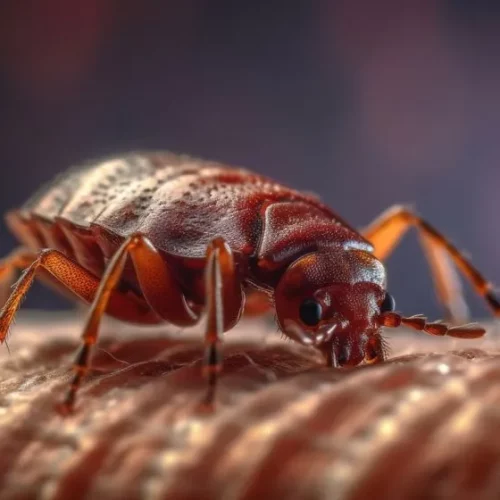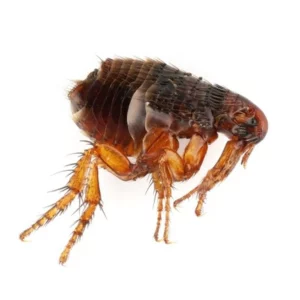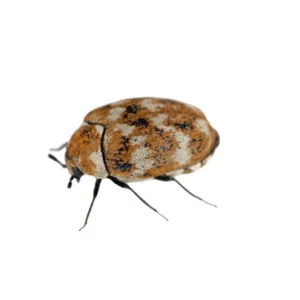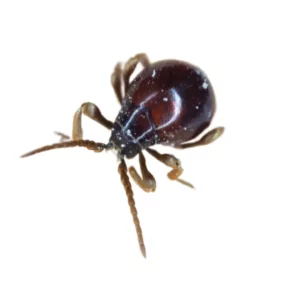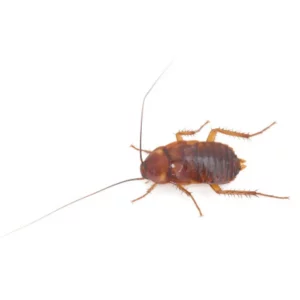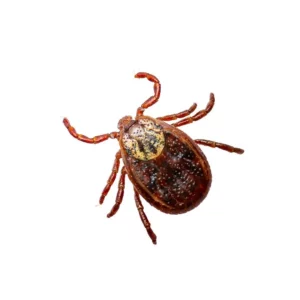Be Proactive to Keep Your Home Bed Bug-Free
The holiday season is a time for travel, as many people move through hotels, Airbnbs, and public transport. While these adventures bring joy and memories, they also increase the risk of encountering bed bugs. These tiny, unwelcome travelers can easily hitch a ride back with you, even from well-maintained accommodations. To avoid turning your homecoming into a pest control nightmare, it’s crucial to be vigilant and take proactive steps against these pesky intruders.
Why Bed Bugs Are a Holiday Travel Concern
Bed bugs thrive in high-traffic areas like hotels, airplanes, trains, buses, and short-term rentals. They’re expert hitchhikers, latching onto luggage, clothing, and personal items. Even the most pristine locations aren’t immune to bed bug infestations. Knowing their habits and taking precautions can save you from unknowingly bringing them into your home.
Identifying Bed Bugs and Bed Bug Lookalikes
Description of Bed Bugs:
Bed bugs are small, flat, oval-shaped insects typically about the size of an apple seed. These pests are reddish-brown, and they possess six legs, short antennae, and a broad, flat body. Bed bugs are nocturnal creatures, mainly feeding on the blood of sleeping humans and animals. They hide in crevices during the day and can be found in mattresses, box springs, and bed frames, making them difficult to detect until an infestation is well underway.
Common Bed Bug Lookalikes:
How to Inspect Your Hotel Room or Airbnb Upon Arrival
Step-by-Step Bed Bug Inspection:
Check the Bed:
Begin your inspection with the mattress seams, focusing especially near the headboard, where bed bugs often congregate. Look for signs of their presence, such as dark spots which may indicate excrement, shed skins, or even the small reddish-brown bugs themselves. Don’t forget to check the box spring and under the mattress as well.
Other Hiding Spots:
Bed bugs can hide in many places besides the bed. Thoroughly examine behind the headboard, as they are known to hide in cracks and crevices. Check inside bedside tables and drawers for any signs of infestation. Don’t overlook areas around baseboards and any wall fixtures, as these are common hiding spots.
Use a Flashlight:
To ensure a comprehensive inspection, use a flashlight or the light from your phone to illuminate darker crevices and underneath furniture. This can help you spot bed bugs that might otherwise be hidden from view in dimly lit areas or tight spaces. Make sure to look in any gaps in the furniture and along the edges of carpets.
What to Do if You Spot Bed Bugs:
If you see any signs of bed bugs, request a new room away from the infested area or seek alternate accommodations immediately.
Learn about Bed Bug Treatments in Missouri
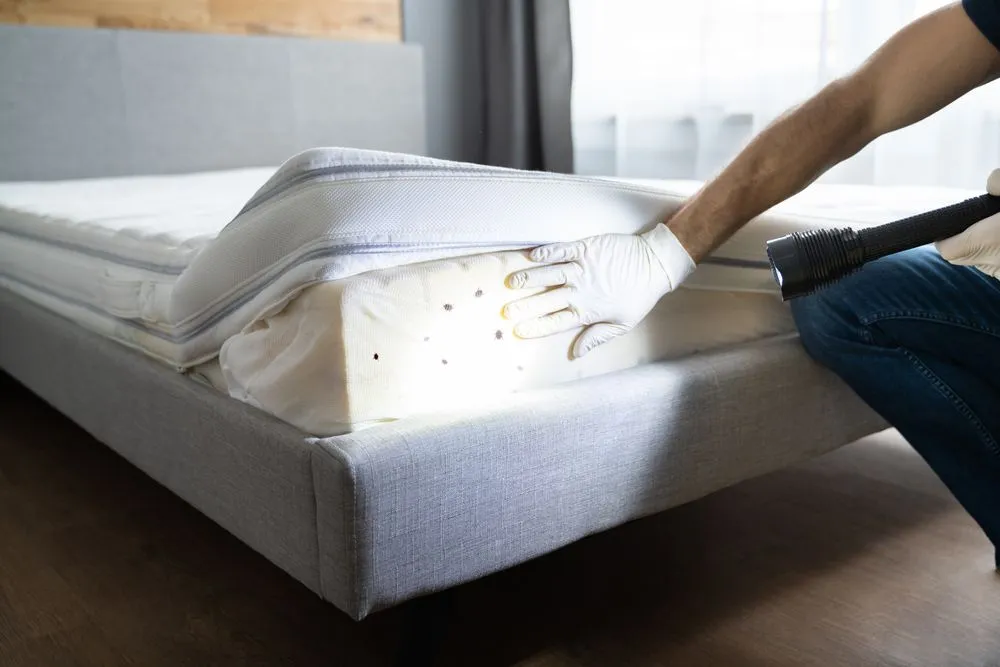
Preventive Measures to Take During Your Stay
Safe Luggage Storage:
When staying in a hotel, it’s important to store your suitcases safely. Place them on luggage racks, which are typically designed to keep your bags elevated and away from potential infestations. Avoid placing them on the bed or carpeted areas, as these can harbor pests. Instead, opt for tile floors where possible. To add an extra layer of protection, use plastic bags to separate your clothing from hotel furniture, minimizing direct contact.
Daily Item Check:
Make a habit of inspecting your shoes, clothing, and personal items each day before repacking them into your suitcase. This can help you catch any unwanted guests early and prevent them from traveling with you to your next destination. Checking daily ensures you maintain peace of mind and reduces the risk of bringing home any uninvited pests.
Use Bed Bug-Proof Bags or Cases:
For those who want to take precautionary measures a step further, consider investing in protective luggage liners or bed bug-proof bags. These specially designed cases add an extra layer of security, safeguarding your belongings from potential infestations and providing additional peace of mind during your travels.
Best Practices for Packing and Unpacking to Prevent Bed Bugs
Smart Packing Tips:
When packing for your trip, consider using plastic bags or packing cubes to organize your clothing. This method not only helps keep your luggage tidy but also acts as a barrier to contain any potential pests you might encounter during your travels. By separating your clothes, you can easily identify and isolate any items that need extra attention before bringing them into your home.
Packing Lightly:
Opt for bringing fewer items on your trip to reduce the risk of picking up bed bugs. A lighter suitcase means fewer places for pests to hide and makes it easier for you to perform thorough checks once you return home. Additionally, packing lightly simplifies your itinerary, allowing for a more stress-free travel experience.
Returning Home: Post-Travel Steps to Prevent Bringing Bed Bugs Inside
Immediate Luggage Check:
As soon as you arrive home, thoroughly inspect your luggage outside the house or in a garage area to prevent any potential bed bugs from entering your living space. Examine seams, pockets, and zippers carefully, as these tiny pests can hide in small crevices.
Unpacking Procedures:
Transfer all clothing directly to the washing machine. Use hot water and the highest dryer setting to effectively kill any bed bugs that might have traveled with you. This ensures that any pests are eliminated before they have a chance to spread in your home.
Luggage Treatment:
Consider vacuuming the interior and exterior of your suitcases to remove any bugs or eggs that may be present. After vacuuming, store the luggage in a sealed plastic bag to prevent any remaining pests from escaping. Alternatively, placing the luggage in a hot, sunny spot, such as a car trunk on a warm day, can help to kill any lingering bed bugs due to the high temperatures.
Monitoring:
Over the next few weeks, remain vigilant and regularly inspect your bedroom and other areas where luggage was stored for any signs of bed bugs. Look for tiny rust-colored stains, shed skins, or live bugs, as these are indicators that some may have been missed during initial inspections and treatments.
With the holiday season often comes increased travel and exposure to shared spaces, which can elevate the risk of encountering bed bugs. By following these preventive measures and being vigilant, you can significantly reduce the chances of bringing bed bugs home. Enjoy your travels and return with peace of mind, knowing you’ve taken steps to keep your home bed bug-free.



